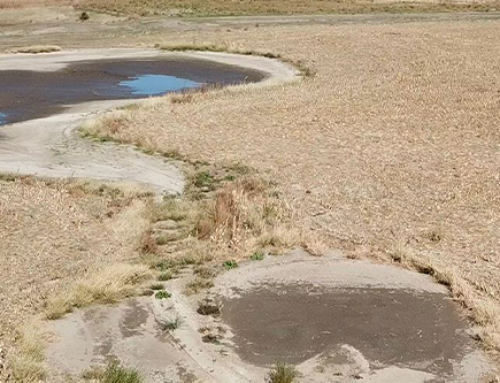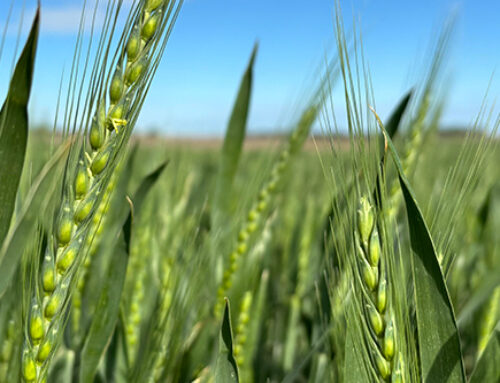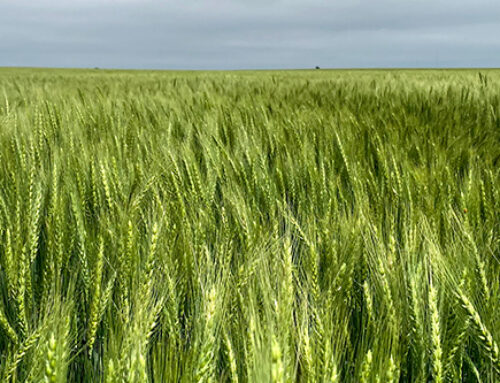Throughout the year, we look to our Agronomists and Precision Ag Specialists for their expertise and input on providing timely and knowledgeable articles to our customers and industry leaders via our electronic newsletter. Every summer, we challenge our Interns to do the same. We award up to 5 scholarships per year for winning articles. The purpose of this competition is to give our Interns a true feeling of becoming an experienced Agronomist, while showcasing their skills.
This article is written by our Intern, Kathi LaPoint.
Southwest Kansas wheat farmer’s ears are likely still ringing from the number of times they have heard agronomists talk about controlling volunteer wheat to prevent wheat streak mosaic virus. However, is there more to prevention than this tip alone?
Many times, producers look to opportunities such as grazing to make use of volunteer wheat. However, grazing still leaves enough live plant left to act as a host for the wheat curl mite, vector of wheat streak mosaic virus
(WSMV). While wheat curl mites can also survive on other hosts, including common native grasses as well as corn and milo, wheat is the preferred target. Harsh winters and tough freezes often are not enough to make a dent in mite populations, as all mite growth stages can survive in temperatures below freezing – even as low as 0ºF for several days.
The major travel method for the wheat curl mite is by wind, explaining why southwest Kansas suffers from WSMV more than other parts of the state. Furthermore, as cover crops increase in popularity, special consideration must be given in choosing WSMV resistant cover crops, or those which are not known hosts of the wheat curl mite. Resistance seems to be the safer option.
When it comes to the wheat crop itself, beyond volunteer wheat control, the most successful combat method to WSMV is variety selection, especially if volunteer wheat control is not a top priority of your neighbors. Agronomists in southwest Kansas agree that Joe, a hard white wheat, has been the best option when it comes to WSMV resistance paired with yield and hardiness, despite the fact that Joe is actually considered only moderately resistant. Still, the drawback to growing Joe is finding a market for it if an elevator is not within reasonable distance that takes hard white wheat. Another white wheat that has performed well for some growers in the area is Monarch, released in 2018, known for fairly good resistance to stripe, stem, and leaf rust as well.
Producers claim that they have had success with varieties ranging from moderately susceptible to fully resistant to WSMV.
Yield data for 2021 has not been released for all varieties yet, but farmers have suggested good results from KS Dallas, TAM 112, TAM 204, T158, and LCS Revere. More susceptible varieties that many producers still claimed had good WSMV tolerance include Winterhawk, Wolf, Grit, TAM 114, Chrome, and Breakthrough (further south).
KS Dallas, classified as resistant, has performed well for farmers in the area due to not only it’s WSMV resistance, but hardiness and drought tolerance overall. Southwest region agronomists have called Dallas a ‘red Joe,’ suggesting farmers outside of a white wheat market consider this variety if WSMV is a serious concern. Moderately resistant varieties TAM 112 and TAM 204 are resistant to the most common wheat curl mite in southwest Kansas, along with good drought tolerance, and have reported good yields over recent years. T158 or LCS Revere may have also been good choices for the amount of stripe rust present this year, which both varieties boast resistance to, along with intermediate WSMV resistance. Once again, data for these varieties has not been released yet.
In any case, variety selection must also be paired with proper management of volunteer wheat and other grassy weeds to increase chances of desired results.





